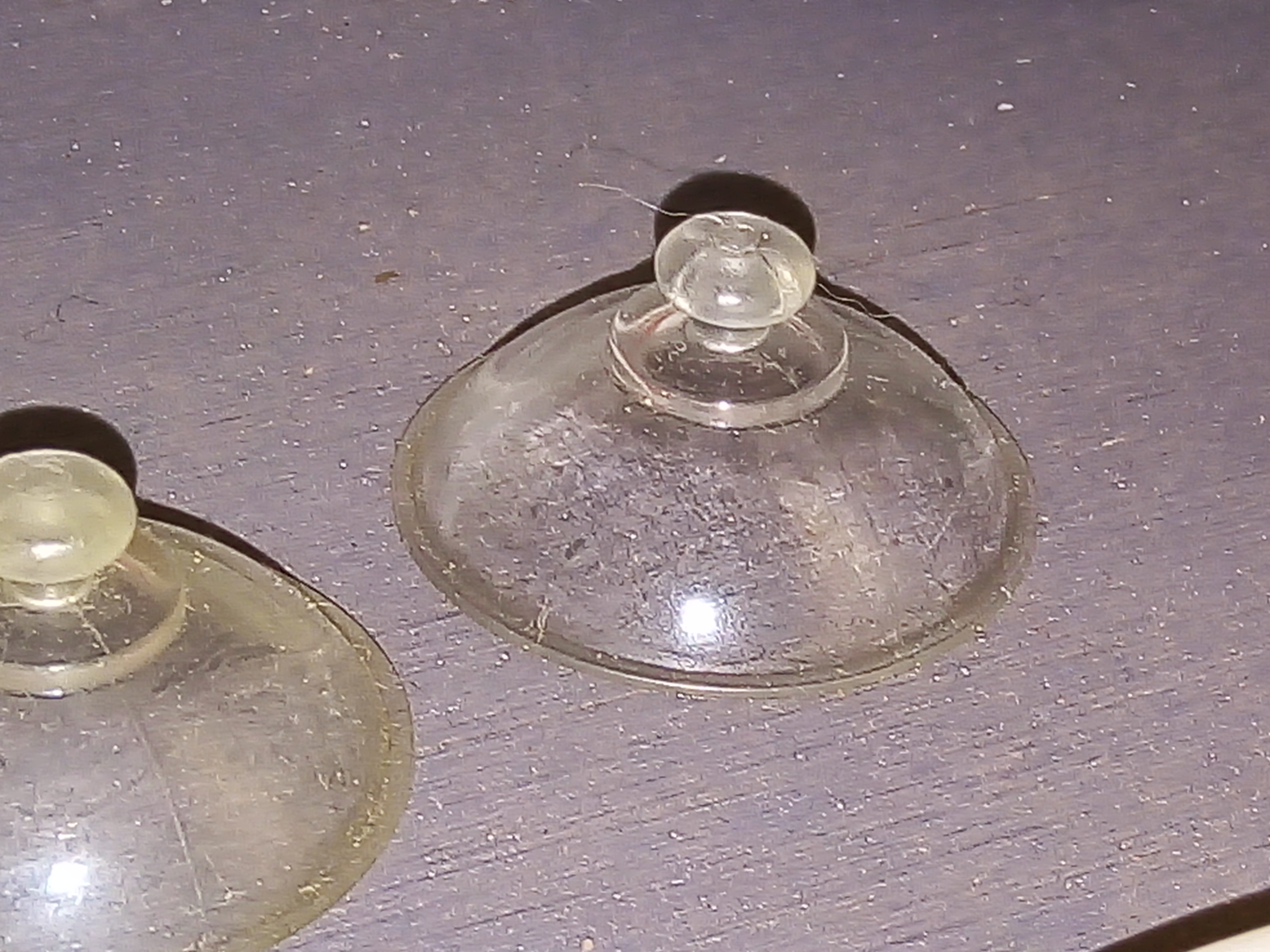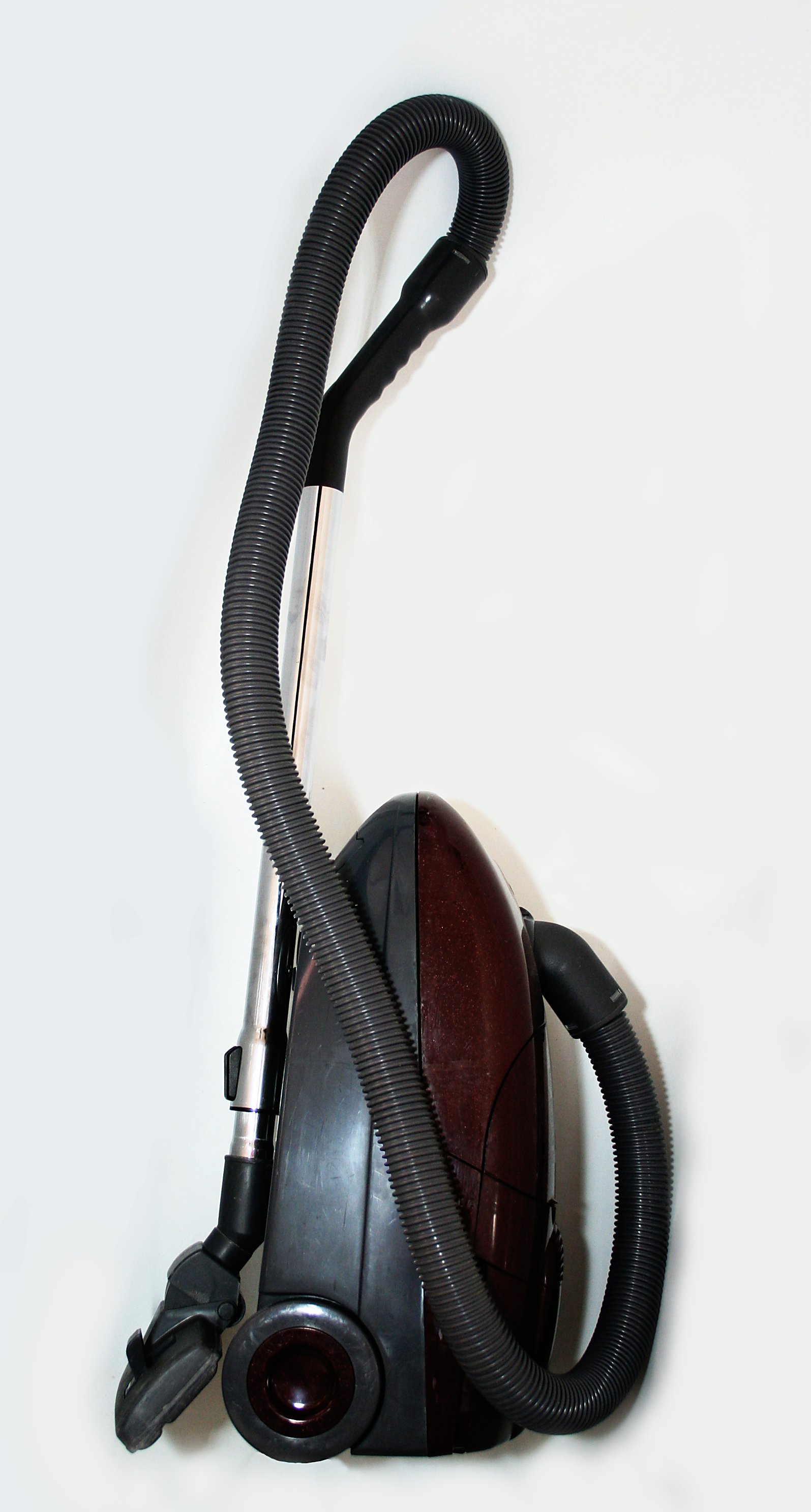|
Suction
Suction is the colloquial term to describe the air pressure differential between areas. Removing air from a space results in a pressure differential. Suction pressure is therefore limited by external air pressure. Even a perfect vacuum cannot suck with more pressure than is available in the surrounding environment. Suctions can form on the sea, for example, when a ship founders. When the pressure in one part of a physical system is reduced relative to another, the fluid in the higher pressure region will exert a force relative to the region of lowered pressure, referred to as pressure-gradient force. Pressure reduction may be static, as in a piston and cylinder arrangement, or dynamic, as in the case of a vacuum cleaner when air flow results in a reduced pressure region. When animals breathe, the diaphragm and muscles around the rib cage cause a change of volume in the lungs. The increased volume of the chest cavity decreases the pressure inside, creating an imbalance wit ... [...More Info...] [...Related Items...] OR: [Wikipedia] [Google] [Baidu] |
Suction Cup
A suction cup, also known as a sucker, is a device or object that uses the negative fluid pressure of air or water to adhere to nonporous surfaces, creating a partial vacuum. Suction cups are peripheral traits of some animals such as octopuses and squids, and have been reproduced artificially for numerous purposes. Theory The working face of the suction cup is made of elastic, flexible material and has a curved surface. When the center of the suction cup is pressed against a flat, non-porous surface, the volume of the space between the suction cup and the flat surface is reduced, which causes the air or water between the cup and the surface to be expelled past the rim of the circular cup. The cavity which develops between the cup and the flat surface has little to no air or water in it because most of the fluid has already been forced out of the inside of the cup, causing a lack of pressure. The pressure difference between the atmosphere on the outside of the cup and the ... [...More Info...] [...Related Items...] OR: [Wikipedia] [Google] [Baidu] |
Vacuum Cleaner
A vacuum cleaner, also known simply as a vacuum or a hoover, is a device that causes suction in order to remove dirt from floors, upholstery, draperies, and other surfaces. It is generally electrically driven. The dirt is collected by either a dustbag or a cyclone for later disposal. Vacuum cleaners, which are used in homes as well as in industry, exist in a variety of sizes and models—small battery-powered hand-held devices, wheeled canister models for home use, domestic central vacuum cleaners, huge stationary industrial appliances that can handle several hundred litres of dirt before being emptied, and self-propelled vacuum trucks for recovery of large spills or removal of contaminated soil. Specialized shop vacuums can be used to suck up both solid matter and liquids. Name Although ''vacuum cleaner'' and the short form ''vacuum'' are neutral names, in some countries (UK, Ireland) ''hoover'' is used instead as a genericized trademark, and as a verb. The name comes from t ... [...More Info...] [...Related Items...] OR: [Wikipedia] [Google] [Baidu] |
Pump
A pump is a device that moves fluids ( liquids or gases), or sometimes slurries, by mechanical action, typically converted from electrical energy into hydraulic energy. Pumps can be classified into three major groups according to the method they use to move the fluid: ''direct lift'', ''displacement'', and ''gravity'' pumps. Mechanical pumps serve in a wide range of applications such as pumping water from wells, aquarium filtering, pond filtering and aeration, in the car industry for water-cooling and fuel injection, in the energy industry for pumping oil and natural gas or for operating cooling towers and other components of heating, ventilation and air conditioning systems. In the medical industry, pumps are used for biochemical processes in developing and manufacturing medicine, and as artificial replacements for body parts, in particular the artificial heart and penile prosthesis. When a casing contains only one revolving impeller, it is called a single-stage ... [...More Info...] [...Related Items...] OR: [Wikipedia] [Google] [Baidu] |
Suction (medicine)
In medicine, devices are sometimes necessary to create suction. Suction may be used to clear the airway of blood, saliva, vomit, or other secretions so that a patient may breathe. Suctioning can prevent pulmonary aspiration, which can lead to lung infections. In pulmonary hygiene, suction is used to remove fluids from the airways, to facilitate breathing and prevent growth of microorganisms. Small suction-providing devices are often called aspirators. In surgery suction can be used to remove blood from the area being operated on to allow surgeons to view and work on the area. Suction may also be used to remove blood that has built up within the skull after an intracranial hemorrhage. Suction devices may be mechanical hand pumps or battery or electrically operated mechanisms. In many hospitals A hospital is a health care institution providing patient treatment with specialized health science and auxiliary healthcare staff and medical equipment. The best-known type ... [...More Info...] [...Related Items...] OR: [Wikipedia] [Google] [Baidu] |
Vacuum Pump
A vacuum pump is a device that draws gas molecules from a sealed volume in order to leave behind a partial vacuum. The job of a vacuum pump is to generate a relative vacuum within a capacity. The first vacuum pump was invented in 1650 by Otto von Guericke, and was preceded by the suction pump, which dates to antiquity. History Early pumps The predecessor to the vacuum pump was the suction pump. Dual-action suction pumps were found in the city of Pompeii. Arabic engineer Al-Jazari later described dual-action suction pumps as part of water-raising machines in the 13th century. He also said that a suction pump was used in siphons to discharge Greek fire. The suction pump later appeared in medieval Europe from the 15th century. Donald Routledge Hill (1996), ''A History of Engineering in Classical and Medieval Times'', Routledge, pp. 143 & 150-2 Donald Routledge Hill, "Mechanical Engineering in the Medieval Near East", ''Scientific American'', May 1991, pp. 64-69 ( cf. Donald ... [...More Info...] [...Related Items...] OR: [Wikipedia] [Google] [Baidu] |
Suction Cupping
Cupping therapy is a form of alternative medicine in which a local suction is created on the skin with the application of heated cups. Its practice mainly occurs in Asia but also in Eastern Europe, the Middle East, and Latin America. Cupping has been characterized as a pseudoscience and its practice as quackery. Cupping practitioners attempt to use cupping therapy for a wide array of medical conditions including fevers, chronic low back pain, poor appetite, indigestion, high blood pressure, acne, atopic dermatitis, psoriasis, anemia, stroke rehabilitation, nasal congestion, infertility, and menstrual period cramping. Despite the numerous ailments for which practitioners claim cupping therapy is useful, there is insufficient evidence it has any health benefits, and there are some risks of harm, especially from wet cupping and fire cupping. Bruising and skin discoloration are among the adverse effects of cupping and are sometimes mistaken for child abuse. In rare instances, ... [...More Info...] [...Related Items...] OR: [Wikipedia] [Google] [Baidu] |
Vacuum
A vacuum is a space devoid of matter. The word is derived from the Latin adjective ''vacuus'' for "vacant" or " void". An approximation to such vacuum is a region with a gaseous pressure much less than atmospheric pressure. Physicists often discuss ideal test results that would occur in a ''perfect'' vacuum, which they sometimes simply call "vacuum" or free space, and use the term partial vacuum to refer to an actual imperfect vacuum as one might have in a laboratory or in space. In engineering and applied physics on the other hand, vacuum refers to any space in which the pressure is considerably lower than atmospheric pressure. The Latin term ''in vacuo'' is used to describe an object that is surrounded by a vacuum. The ''quality'' of a partial vacuum refers to how closely it approaches a perfect vacuum. Other things equal, lower gas pressure means higher-quality vacuum. For example, a typical vacuum cleaner produces enough suction to reduce air pressure by around 20%. But ... [...More Info...] [...Related Items...] OR: [Wikipedia] [Google] [Baidu] |
Air Pressure
Atmospheric pressure, also known as barometric pressure (after the barometer), is the pressure within the atmosphere of Earth. The standard atmosphere (symbol: atm) is a unit of pressure defined as , which is equivalent to 1013.25 millibars, 760 mm Hg, 29.9212 inchesHg, or 14.696 psi.International Civil Aviation Organization. ''Manual of the ICAO Standard Atmosphere'', Doc 7488-CD, Third Edition, 1993. . The atm unit is roughly equivalent to the mean sea-level atmospheric pressure on Earth; that is, the Earth's atmospheric pressure at sea level is approximately 1 atm. In most circumstances, atmospheric pressure is closely approximated by the hydrostatic pressure caused by the weight of air above the measurement point. As elevation increases, there is less overlying atmospheric mass, so atmospheric pressure decreases with increasing elevation. Because the atmosphere is thin relative to the Earth's radius—especially the dense atmospheric layer at low altitudes—the Earth' ... [...More Info...] [...Related Items...] OR: [Wikipedia] [Google] [Baidu] |
Static Pressure
In fluid mechanics the term static pressure has several uses: * In the design and operation of aircraft, ''static pressure'' is the air pressure in the aircraft's static pressure system. * In fluid dynamics, many authors use the term ''static pressure'' in preference to just ''pressure'' to avoid ambiguity. Often however, the word ‘static’ may be dropped and in that usage pressure is the same as static pressure at a nominated point in a fluid. * The term ''static pressure'' is also used by some authors in fluid statics. Static pressure in design and operation of aircraft An aircraft's static pressure system is the key input to its altimeter and, along with the pitot pressure system, also drives the airspeed indicator. The static pressure system is open to the aircraft's exterior through a small opening called the static port, which allows sensing the ambient atmospheric pressure at the altitude at which the aircraft is flying. In flight, the air pressure varies slightl ... [...More Info...] [...Related Items...] OR: [Wikipedia] [Google] [Baidu] |
Piston
A piston is a component of reciprocating engines, reciprocating pumps, gas compressors, hydraulic cylinders and pneumatic cylinders, among other similar mechanisms. It is the moving component that is contained by a cylinder and is made gas-tight by piston rings. In an engine, its purpose is to transfer force from expanding gas in the cylinder to the crankshaft via a piston rod and/or connecting rod. In a pump, the function is reversed and force is transferred from the crankshaft to the piston for the purpose of compressing or ejecting the fluid in the cylinder. In some engines, the piston also acts as a valve by covering and uncovering ports in the cylinder. __TOC__ Piston engines Internal combustion engines An internal combustion engine is acted upon by the pressure of the expanding combustion gases in the combustion chamber space at the top of the cylinder. This force then acts downwards through the connecting rod and onto the crankshaft. The connecting rod ... [...More Info...] [...Related Items...] OR: [Wikipedia] [Google] [Baidu] |
Dynamic Pressure
In fluid dynamics, dynamic pressure (denoted by or and sometimes called velocity pressure) is the quantity defined by:Clancy, L.J., ''Aerodynamics'', Section 3.5 :q = \frac\rho\, u^2 where (in SI units): * is the dynamic pressure in pascals (i.e., kg/ m⋅ s2), * is the fluid mass density (e.g. in kg/m3), and * is the flow speed in m/s. It can be thought of as the fluid's kinetic energy per unit volume. For incompressible flow, the dynamic pressure of a fluid is the difference between its total pressure and static pressure. From Bernoulli's law, dynamic pressure is given by : p_0 - p_\text = \frac\rho\, u^2 where and are the total and static pressures, respectively. Physical meaning Dynamic pressure is the kinetic energy per unit volume of a fluid. Dynamic pressure is one of the terms of Bernoulli's equation, which can be derived from the conservation of energy for a fluid in motion. It can also appear as a term in the incompressible Navier-Stokes equation whi ... [...More Info...] [...Related Items...] OR: [Wikipedia] [Google] [Baidu] |
Pressure Gradient
In atmospheric science, the pressure gradient (typically of air but more generally of any fluid) is a physical quantity that describes in which direction and at what rate the pressure increases the most rapidly around a particular location. The pressure gradient is a dimensional quantity expressed in units of pascals per metre (Pa/m). Mathematically, it is the gradient of pressure as a function of position. The negative gradient of pressure is known as the force density. In petroleum geology and the petrochemical sciences pertaining to oil wells, and more specifically within hydrostatics, pressure gradients refer to the gradient of vertical pressure in a column of fluid within a wellbore and are generally expressed in pounds per square inch per foot (psi/ft). This column of fluid is subject to the compound pressure gradient of the overlying fluids. The path and geometry of the column is totally irrelevant; only the vertical depth of the column has any relevance to the vert ... [...More Info...] [...Related Items...] OR: [Wikipedia] [Google] [Baidu] |







